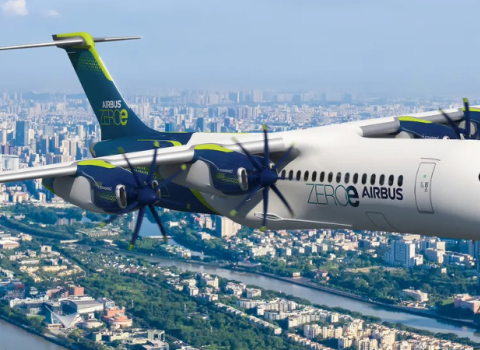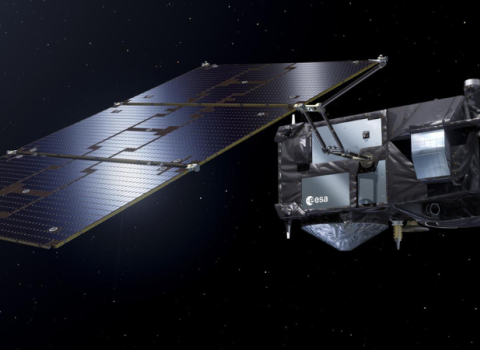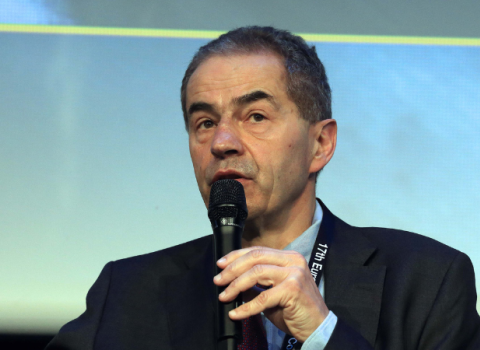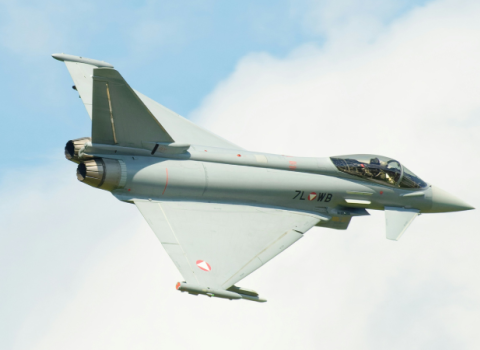
The investigation followed a complaint that the projects receiving the grants were near to market and would have been carried out in any case. State aid for R&D is only allowed if it stimulates projects that would not otherwise be carried out.
The Italian government has accepted the findings and said it will ensure that the loans are fully reimbursed within the next two months. The main beneficiaries of the loans are Finmeccanica and Avio. Two further projects involving support for the development of two helicopters are still under investigation.
“It has been a long and difficult investigation,” said Competition Commissioner Neelie Kroes. “We can take today a first decision ensuring the full reimbursement of loans under conditions accepted by the Italian Government, whose recent cooperation has allowed substantial progress. However, the investigation continues concerning two allegedly military helicopters.”
The Commission’s investigation had called into doubt the probity of an Italian government scheme, known as Law 808/85, to promote R&D in the aeronautical sector. The scheme was approved by the Commission on condition that support for projects of a certain size would be individually notified so the Commission could check they complied with state aid rules. In the event, the Italian government granted more than €450 million of soft loans with a zero interest rate to 17 individual R&D projects under Law 808/85, none of which had been notified.
The projects covered by the decision concern:
A109 X (helicopter). This project covers the development of new technologies for future versions of A109, a light biturbine helicopter that exists in both a civil and military versions. The project A109 X was carried out in co-operation with the US company Pratt & Whitney and focused on increasing the operational flexibility and reliability of the machine in difficult conditions, and the production of aircraft parts based on new alloys and other materials.
A 109 D/E/F (helicopter). The project involved the development new versions of the A 109 helicopter and changing the propulsion systems to improve performance in terms of safety, efficiency and environmental impacts. Project A109 X was carried out in co-operation with Allison Gas Turbine, Pratt & Whitney and Turbomecca.
MD 95 - now the Boeing B717 (fixed wing). The project, carried out by Alenia ( part of Finmeccanica), involved the automated production of large structural sub-sections for aircraft including fuselage panels.
MD 11 (fixed wing). The project, carried out by Alenia, aims to improve automated production aircraft parts, such as the forward section and the tail section.
DO 328 EC (fixed wing). This involved Italian participation in the development of the extended capacity version of DO 328, a regional Dornier aircraft.
DO 328 fuselage panels (fixed wing). The project, carried out in a joint venture with Dornier, aimed to develop better ways to build fuselages of variable length and reduce their production costs.
For all projects, the aid consists of interest free loans, the aid element being the price of such a loan on the financial markets. In line with the normal practice in the aeronautical sector, the loans have a very long duration, on average almost twenty years.
In total, the investigation covered 17 such loans. In cooperation with the Italian government the Commission concluded that in ten cases Italy now has to ensure immediate reimbursement of the entire outstanding amount of the loans (more than €170 million) plus compound interest (more than €100 million).
Six other projects are within the aid rules and the loans will be reimbursed according to a fixed schedule, with full reimbursement by 2010 for most cases and by 2018 for the last. One loan was found to meet all the conditions and had already been paid back by the beneficiary.
The Commission's investigation will continue into two helicopter projects the A139 and BA609 where the beneficiary is Agusta. These were funded as military projects and the Commission questions if that is in fact the case.





 A unique international forum for public research organisations and companies to connect their external engagement with strategic interests around their R&D system.
A unique international forum for public research organisations and companies to connect their external engagement with strategic interests around their R&D system.